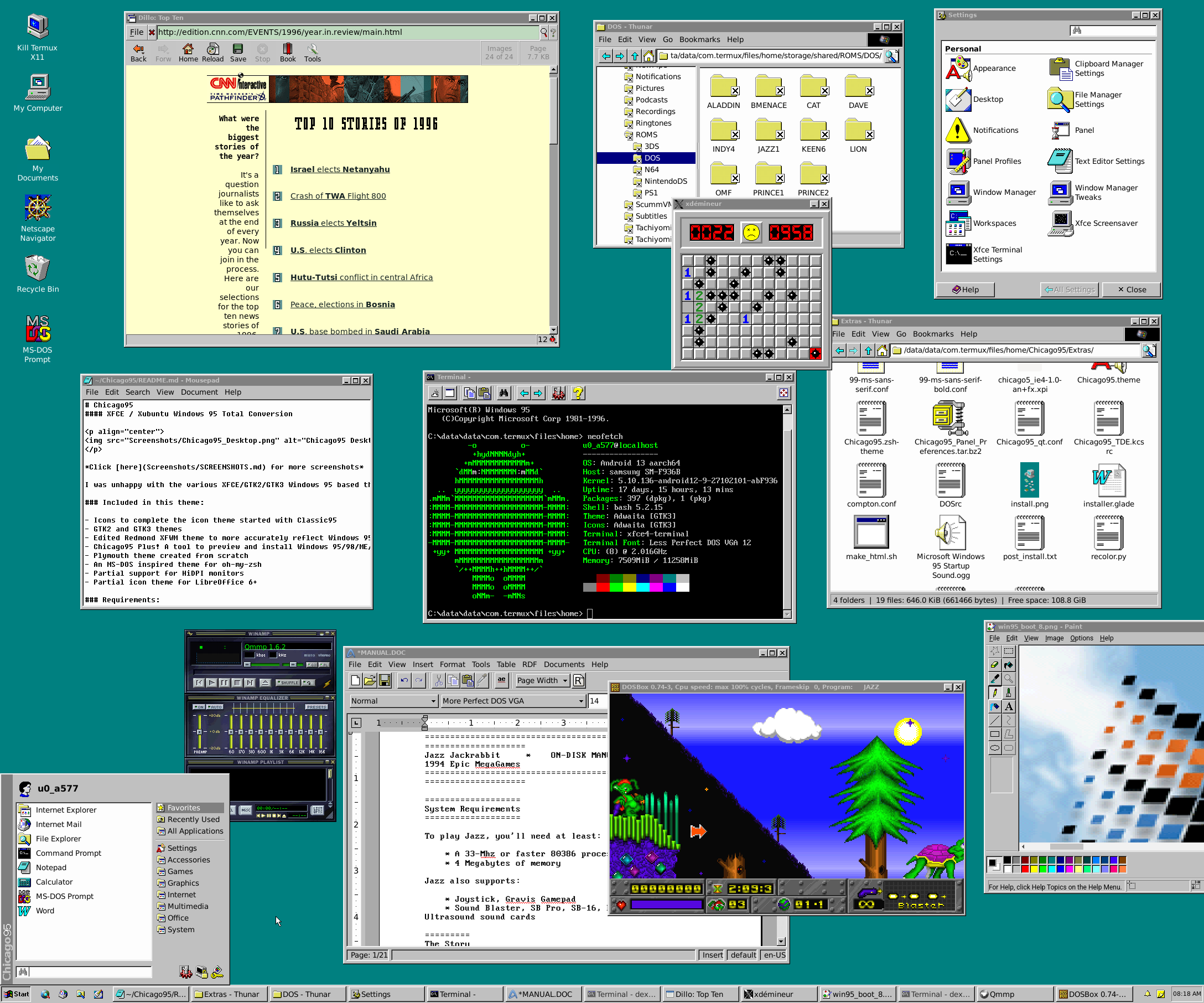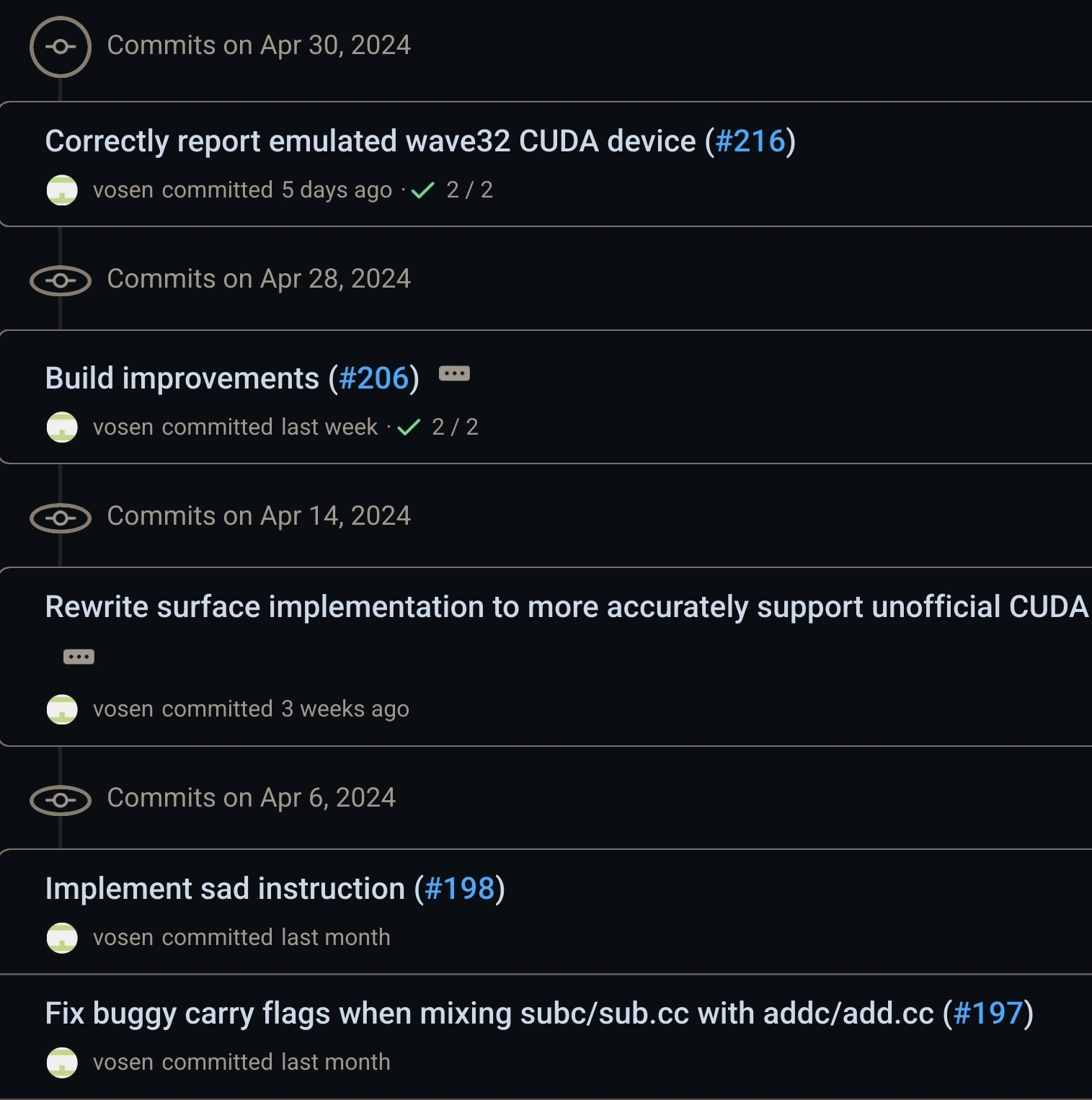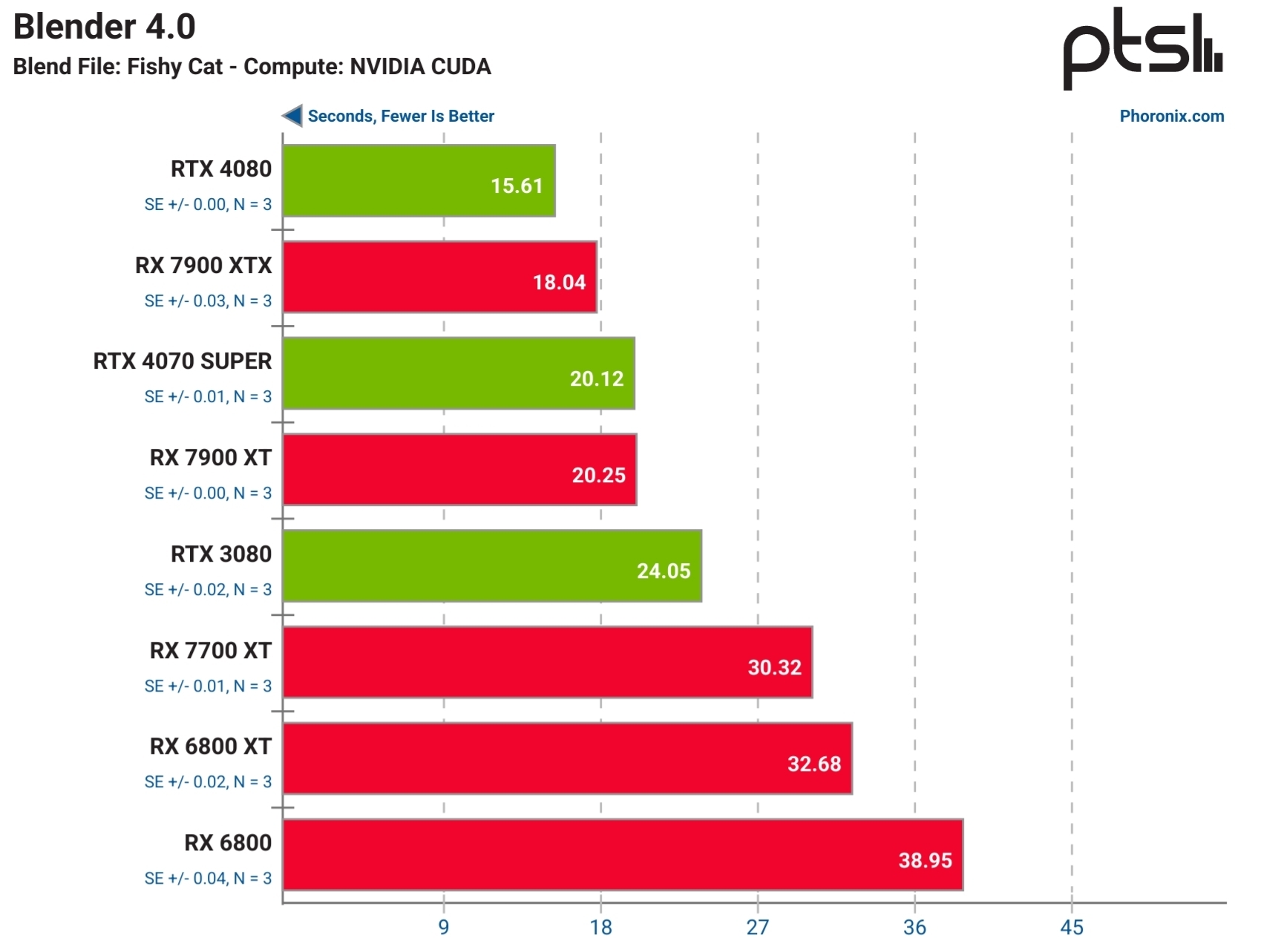There's also XFCE and LXQt, if you want simple, easy-to-use environments.
My elderly, non-techy mum has been using XFCE over a decade across three different distros (Mint, Xubuntu, Zorin) and her experience has been consistent all these years, with no major issues or complaints. If my mum can use Linux just fine - so can anyone else (who don't have any specific/complex hw/sw requirements that is). I don't see how much further intuitive it needs to get.
KDE, Gnome, XFCE, LXQt etc all have their own place and audience. There's no need to have one experience for all - in fact, that would be a huge detriment, because you can never satisfy everyone with a one-size-fits-all approach. Take a look at Windows itself as an example - the abomination that was the Start Menu in Windows 8 (and the lack of the start button) angered so many, to the point that Microsoft had to backtrack some of those design decisions. Then there was the convoluted mess of Metro and Win32 design elements in Win 10, and finally the divisive new taskbar in Win11... you're never going to make everyone happy. And this is where Linux shines - all the different DEs and WMs offer a UX that suits a different audience or requirements. And we should continue to foster and encourage the development of these environments. Linux doesn't need to be like Windows.



Corporates are using ThinkPads, HP EliteBooks and MacBooks. OS being Windows, macOS mainly. Linux on workstations is pretty rare - mainly used by developers - and the distro being Ububtu LTS (which I do not recommend).
Since you want to use Linux, go for a ThinkPad. There are more Linux-friendly laptops of course (like Framework and System76) but I believe none of them offer corporate-levels of stability and build-quality like ThinkPads yet - as you have experienced yourself with System76.
Main pro-tip is to avoid systems that use nVidia cards - they're often responsible for buggy suspend/resume in Linux, and can break your OS sometimes when you do an OS/kernel upgrade. So if you're after stability, avoid nVidia like the plague.
For the docking station, I've had good experiences with the HP Thunderbolt Dock G4. The initial releases were in fact a bit buggy with suspend/resume, but HP have released subsequent firmware updates to fix those issues. In fact, HP have been really good at providing regular firmware updates for those docks, and the best part is that it's on the LVFS too - which means the firmware can be updated directly in Linux using
fwupd. A lot of vendors don't bother updating docking stations - and even fewer update them via LVFS, so this is something you might definitely want to look into.Finally, for distro recommendations, I would recommend a Fedora Atomic distro since they're immutable, and rollbacks are as easy as just selecting the previous image in the boot menu. Given your requirements, I'd recommed Bluefin - specifically the Developer Experience version, since it comes with virtualisation tools OOTB.
For reference, I mainly use Bazzite (another variant of Fedora Atomic) on my pure-AMD ThinkPad Z13, and haven't had any issues with suspend/resume, external monitors, or virtualisation dev/test workflows. There's virtually no overnight battery drain either when suspending. My system also supports Opal2, so my drive is encrypted transparently to the OS, with virtually no performance overhead. It's also nice not having to muck around with LUKS and the complexities around it. I use this system for both work and personal use (gaming), and it's been a great experience so far - both software and hardware. Happy to answer any questions you may have.